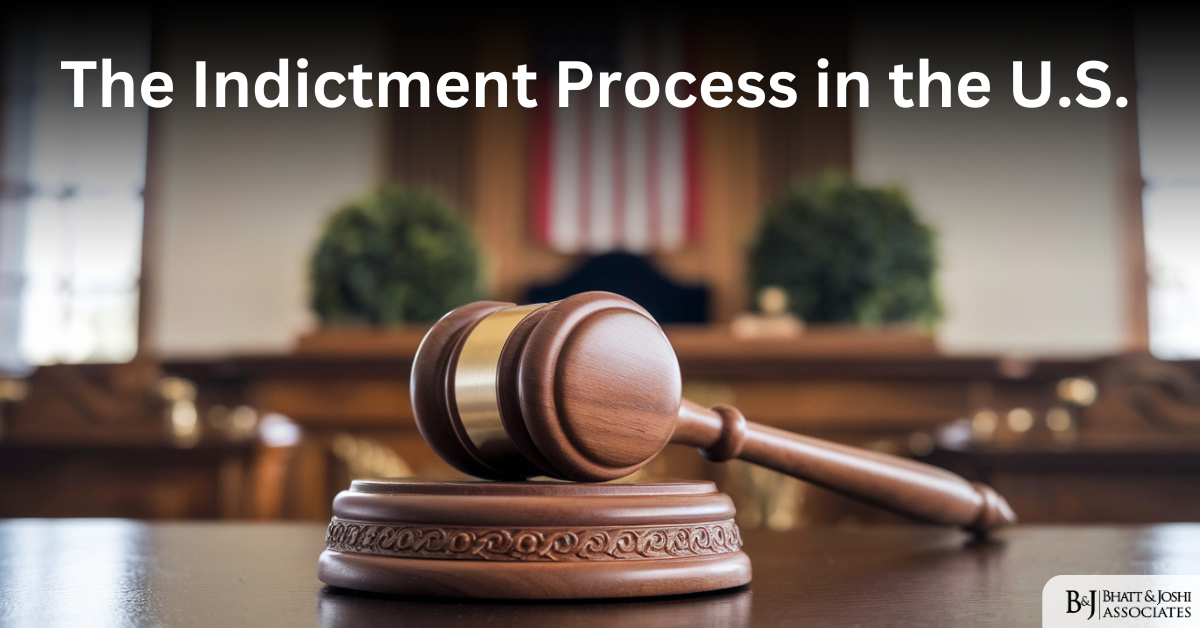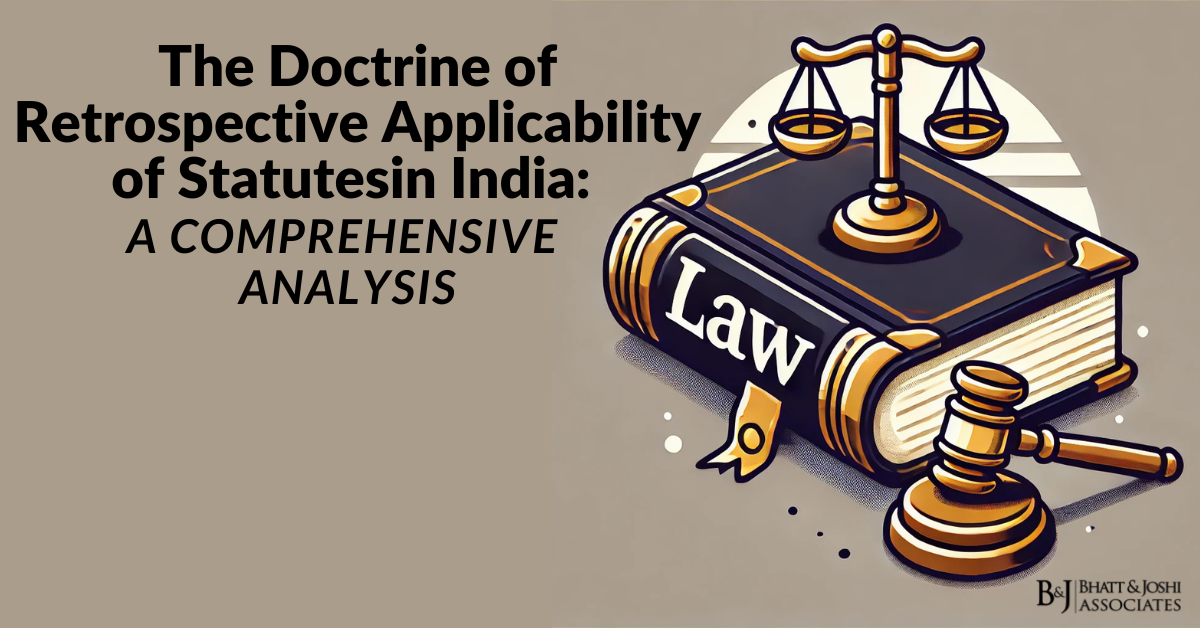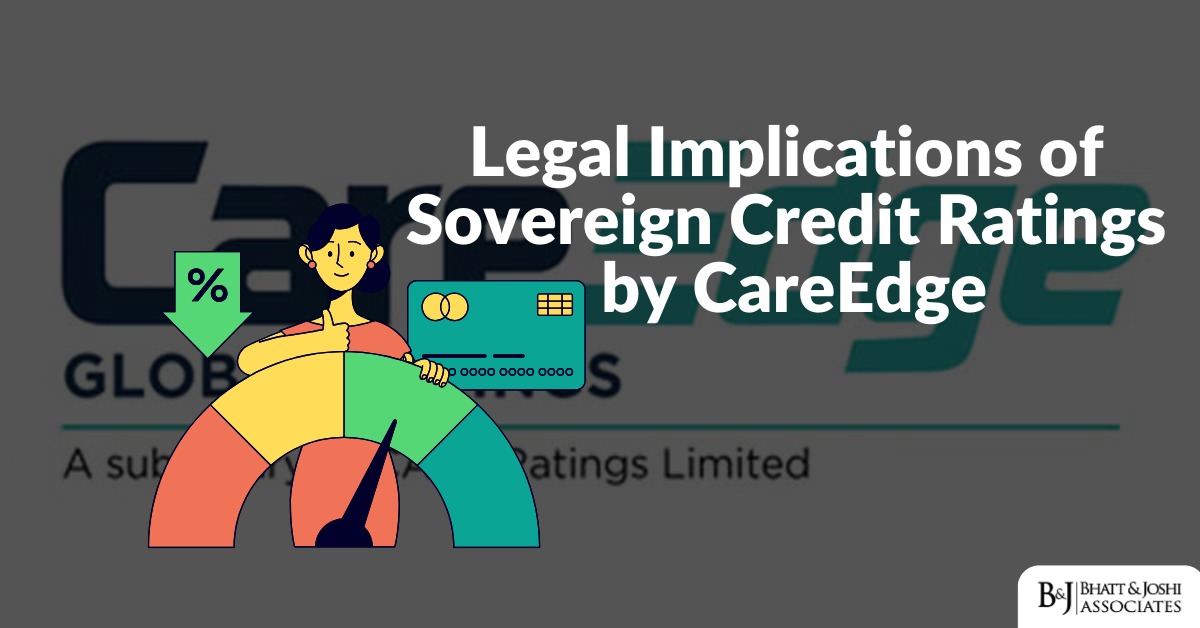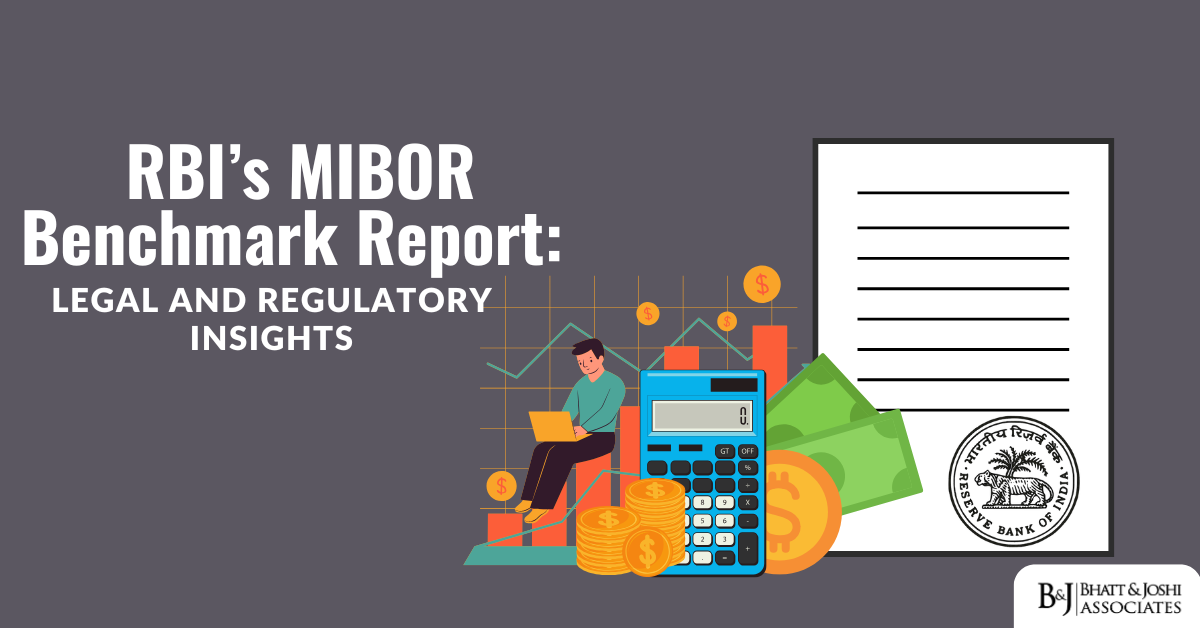Part 3: The Adani Group Controversy: A Landmark Case Study in Cross-Border Securities Regulation and Corporate Governance
Introduction
The Indictment Process in the U.S. represents one of the most sophisticated and complex legal mechanisms in the global judicial system, particularly when dealing with cases of international significance such as the Adani investigation. This chapter provides a comprehensive examination of the intricate steps, legal requirements, and procedural safeguards that characterize the American indictment process, with specific attention to its application in cases involving international securities fraud and market manipulation.
Initial Investigation
The foundation of any potential indictment lies in the investigative phase, which becomes particularly crucial in cases involving complex international financial transactions and alleged securities fraud. In the context of the Adani case, this phase has taken on additional significance due to the cross-border nature of the allegations and the involvement of multiple regulatory jurisdictions.
Regulatory Framework and Authority
The investigative process operates within a comprehensive legal framework established by the Securities Exchange Act of 1934, which serves as the cornerstone for securities fraud investigations in the United States. Section 10(b) of this Act, along with Rule 10b-5, provides the Securities and Exchange Commission (SEC) with broad authority to investigate and prosecute fraudulent practices in connection with securities trading. The SEC’s investigative powers are further strengthened by Section 21(a) of the Exchange Act, which grants the commission extensive authority to conduct investigations into potential violations of federal securities laws.
Investigation Initiation and Development
The commencement of an investigation typically stems from various sources of information that alert regulatory authorities to potential wrongdoing. In cases like Adani, market surveillance systems play a crucial role in detecting unusual trading patterns or price movements that may indicate market manipulation. These systems operate under the framework of the Market Abuse Regulation (MAR), which provides specific guidelines for identifying and investigating potential market abuse.
The Dodd-Frank Wall Street Reform and Consumer Protection Act has significantly enhanced the investigation process by establishing a robust whistleblower program. Under Section 922 of the Act, individuals who provide valuable information about securities violations can receive substantial monetary awards, ranging from 10% to 30% of the penalties collected. This program has become increasingly important in detecting international securities fraud, as demonstrated by several high-profile cases in recent years.
Informal Investigation Process
During the informal investigation phase, investigators employ various methods to gather preliminary evidence without invoking their formal investigative powers. This process is governed by the SEC’s Enforcement Manual, which provides detailed guidelines for conducting informal inquiries. Investigators analyze publicly available information, including financial statements, regulatory filings, and public disclosures made under Regulation S-K and Regulation S-X. In cases involving international corporations listed on U.S. exchanges through American Depositary Receipts (ADRs), this analysis becomes particularly complex due to the need to examine both domestic and international financial records.
Formal Investigation Procedures
The transition to a formal investigation marks a significant escalation in the investigative process. Under Section 19(c) of the Securities Act and Section 21(b) of the Exchange Act, the SEC can issue formal orders of investigation that grant staff members substantial powers. These powers include the authority to issue subpoenas for documents and testimony, conduct depositions, and compel witnesses to provide evidence under oath. The formal investigation phase often involves coordination with international regulatory bodies, particularly in cases like Adani where the alleged violations span multiple jurisdictions.
Grand Jury Proceedings: A Key Step in the Indictment Process in the U.S
When evidence gathered during the investigation suggests potential criminal violations, the case may be referred to the Department of Justice (DOJ) for criminal prosecution through the grand jury process. This process is governed by Federal Rules of Criminal Procedure, Rule 6, which establishes specific procedures for grand jury operations and secrecy requirements.
Grand Jury Structure and Composition
The grand jury operates as an independent body within the federal criminal justice system, typically consisting of between 16 and 23 members selected from the community. The selection process is governed by 28 U.S.C. § 1861, which requires that grand jurors represent a fair cross-section of the community. The Jury Selection and Service Act provides additional guidelines ensuring that the selection process is random and free from discrimination.
Prosecutorial Role in the Indictment Process in the U.S.
Prosecutors presenting evidence to the grand jury must adhere to strict ethical guidelines established by the American Bar Association Model Rules of Professional Conduct and the U.S. Attorneys’ Manual. Their role includes presenting evidence, examining witnesses, and providing legal guidance to the grand jury. In complex financial cases like Adani, prosecutors often work closely with financial experts to present technical evidence in a manner that grand jurors can understand.
Grand Jury Powers and Limitations
The grand jury possesses broad investigative powers, including the ability to subpoena documents and witness testimony. These powers are particularly important in international cases where evidence may be located in multiple jurisdictions. However, these powers are not unlimited. The grand jury must operate within constitutional constraints and respect international agreements regarding evidence gathering and witness testimony.
Issuance of Indictment in the U.S.
The culmination of the grand jury process involves the potential issuance of an indictment, a process that requires careful consideration of both procedural requirements and substantive legal standards. In complex international cases like Adani, this phase becomes particularly intricate due to the need to address multiple jurisdictional requirements and complex financial allegations.
Legal Standards for Indictment in the U.S.
The probable cause standard required for an indictment, as defined through landmark cases such as Brinegar v. United States, represents a crucial threshold that prosecutors must meet. This standard requires evidence sufficient to warrant a reasonable person’s belief that a crime has been committed. In securities fraud cases, establishing probable cause often involves demonstrating complex patterns of financial transactions, market manipulation, or fraudulent statements that would constitute violations of federal securities laws.
The determination of probable cause in international securities cases frequently requires analysis of transactions across multiple jurisdictions and financial markets. Prosecutors must present evidence that demonstrates potential violations of U.S. securities laws, even when much of the alleged conduct occurred overseas. This analysis often involves careful consideration of the Securities Exchange Act’s extraterritorial provisions and their application to foreign entities listed on U.S. exchanges.
Grand Jury Deliberation Process
The deliberation process involves careful consideration of all evidence presented during the grand jury proceedings. At least twelve jurors must concur to issue an indictment, a requirement established by Federal Rule of Criminal Procedure 6(f). During deliberations, grand jurors evaluate whether the evidence presented meets the probable cause standard for each proposed charge. In complex financial cases, this evaluation often requires jurors to understand sophisticated financial instruments, market mechanisms, and regulatory requirements.
Content and Structure of Indictments
The formal requirements for an indictment, governed by Federal Rule of Criminal Procedure 7(c), demand precise drafting to ensure legal sufficiency. The indictment must contain a clear and concise statement of the essential facts constituting the alleged offense, along with specific citations to the violated statutes or regulations. In cases involving international securities fraud, indictments often need to address multiple charges across various jurisdictions while maintaining clarity and specificity.
Multi-jurisdictional Considerations
International securities fraud cases present unique challenges that require careful navigation of multiple legal frameworks and jurisdictional requirements. The prosecution of such cases must consider various international agreements, treaties, and cooperative arrangements between regulatory authorities.
International Cooperation Framework
The investigation and prosecution of international securities fraud relies heavily on cooperation between regulatory authorities across different jurisdictions. The Securities Exchange Act provides for international cooperation in securities enforcement, while various Mutual Legal Assistance Treaties (MLATs) facilitate the exchange of evidence and information between countries. These agreements become particularly relevant in cases like Adani, where alleged violations span multiple national boundaries.
Extraterritorial Application of U.S. Securities Laws
The application of U.S. securities laws to foreign entities involves complex legal analysis under the principles established by Morrison v. National Australia Bank and subsequent legislation. The Dodd-Frank Act has expanded the SEC’s authority to bring enforcement actions in cases involving significant conduct or effects within the United States, even when the primary activities occurred overseas.
Legal Requirements and Safeguards
The indictment process incorporates numerous legal protections designed to ensure fairness and protect the rights of the accused, particularly in complex international cases where multiple legal systems may be involved.
Constitutional Protections
The U.S. Constitution provides fundamental protections that apply throughout the indictment process. The Fifth Amendment’s grand jury requirement ensures that federal felony prosecutions proceed only after independent review by a grand jury. The Fourth Amendment’s protections against unreasonable searches and seizures govern the collection and use of evidence, while the Sixth Amendment guarantees various trial rights that influence pre-trial procedures.
Procedural Safeguards and Requirements
Multiple procedural safeguards exist under federal law and judicial precedent to protect the integrity of the indictment process. These include strict requirements for grand jury composition, voting procedures, and the handling of evidence. The Federal Rules of Criminal Procedure provide detailed guidelines for these processes, ensuring consistency and fairness in the administration of justice.
Disclosure Requirements and Brady Obligations
Prosecutors bear significant disclosure obligations throughout the indictment process. The requirements established by Brady v. Maryland mandate the disclosure of exculpatory evidence to the defense. Similarly, Giglio v. United States requires the disclosure of information affecting witness credibility. The Jencks Act further requires that prosecutors provide defendants with prior statements of government witnesses who testify at trial.
Statute of Limitations and Time Considerations
The timing of indictments is governed by various statutory limitations that reflect both practical and policy considerations. The general federal criminal statute of limitations, set forth in 18 U.S.C. § 3282, establishes a five-year period for most federal crimes. However, securities fraud cases may fall under the extended six-year period provided by 18 U.S.C. § 3301, recognizing the complex nature of these investigations and the time often required to uncover sophisticated financial schemes.
Conclusion: Key Insights into the Indictment Process in U.S.
The U.S. indictment process in international securities fraud cases represents a carefully balanced system of investigative authority, procedural requirements, and legal protections. The complexity of cases like Adani demonstrates the importance of understanding these processes and requirements, particularly when dealing with cross-border investigations and multi-jurisdictional considerations. As global financial markets become increasingly interconnected, the ability to navigate these legal frameworks while ensuring fair and effective prosecution becomes ever more crucial for maintaining market integrity and investor confidence.














